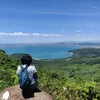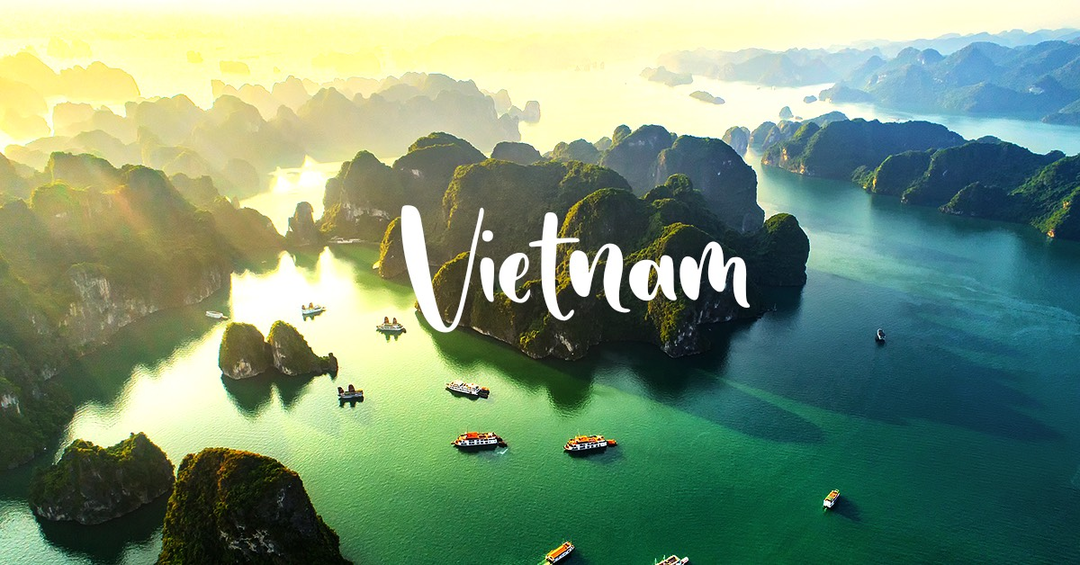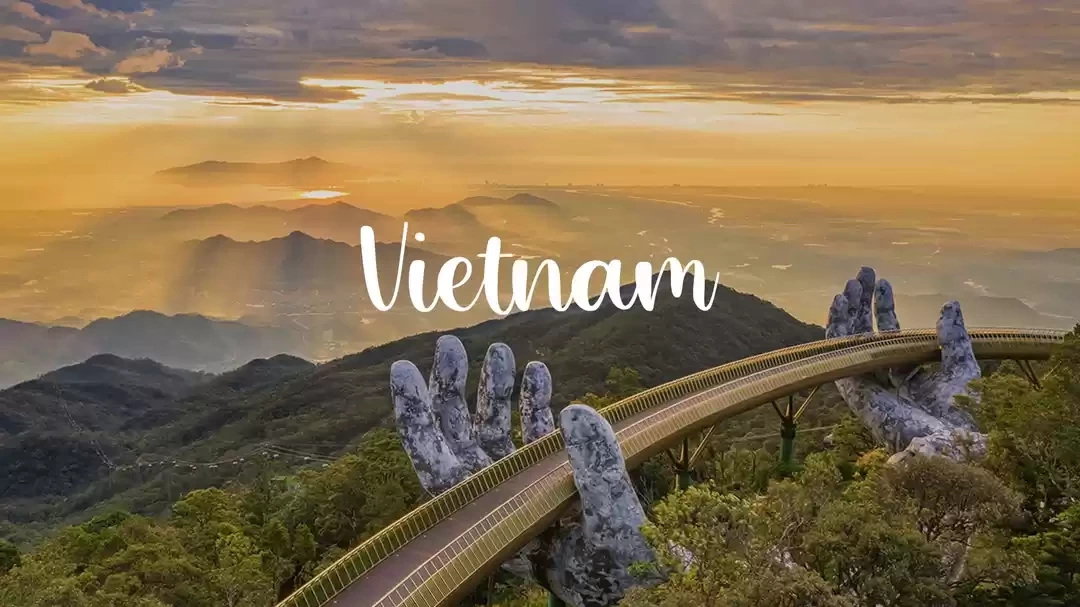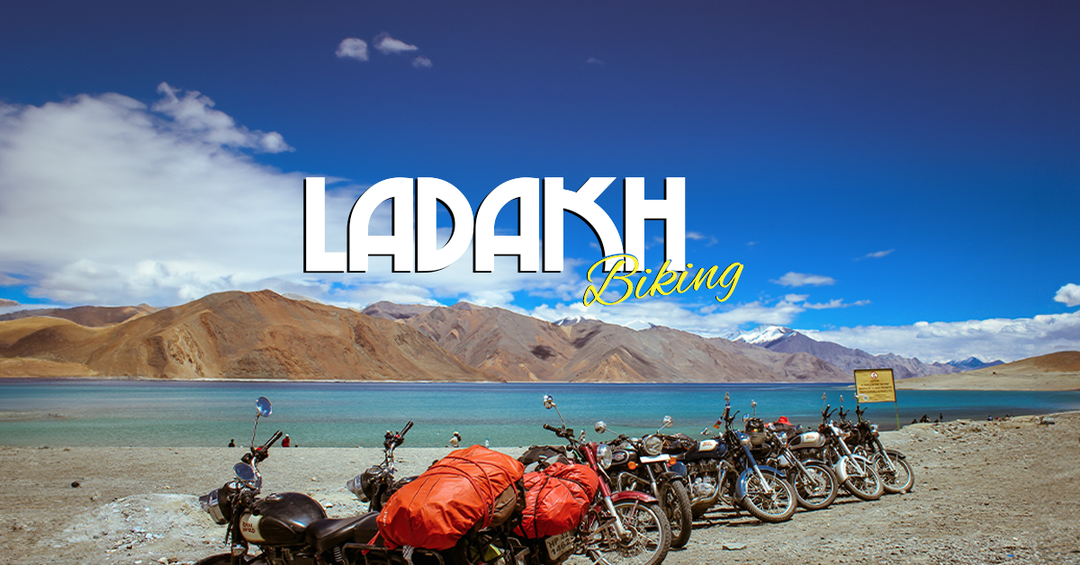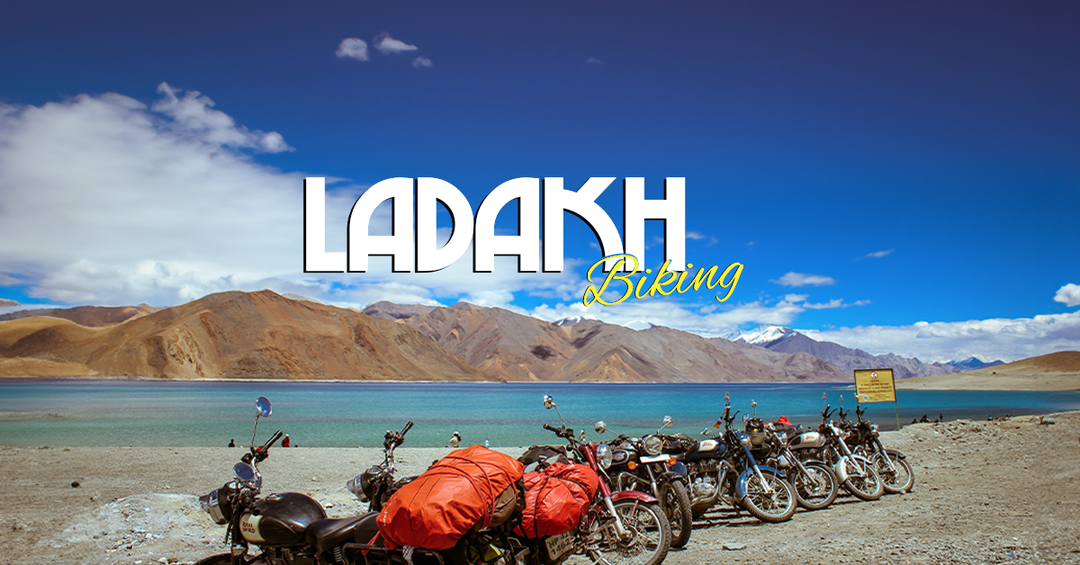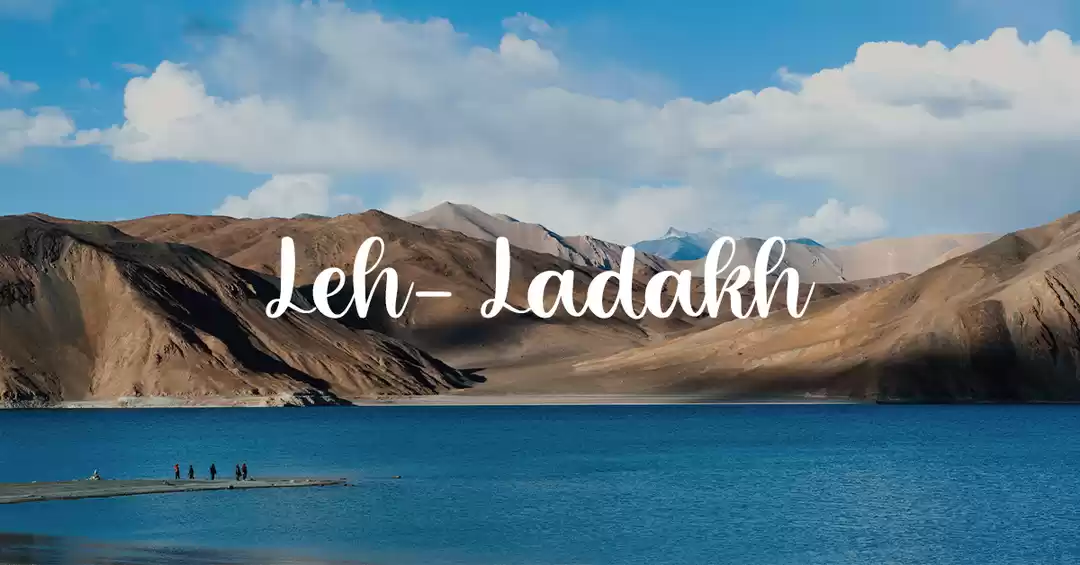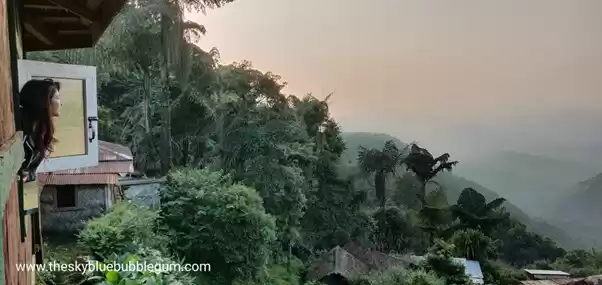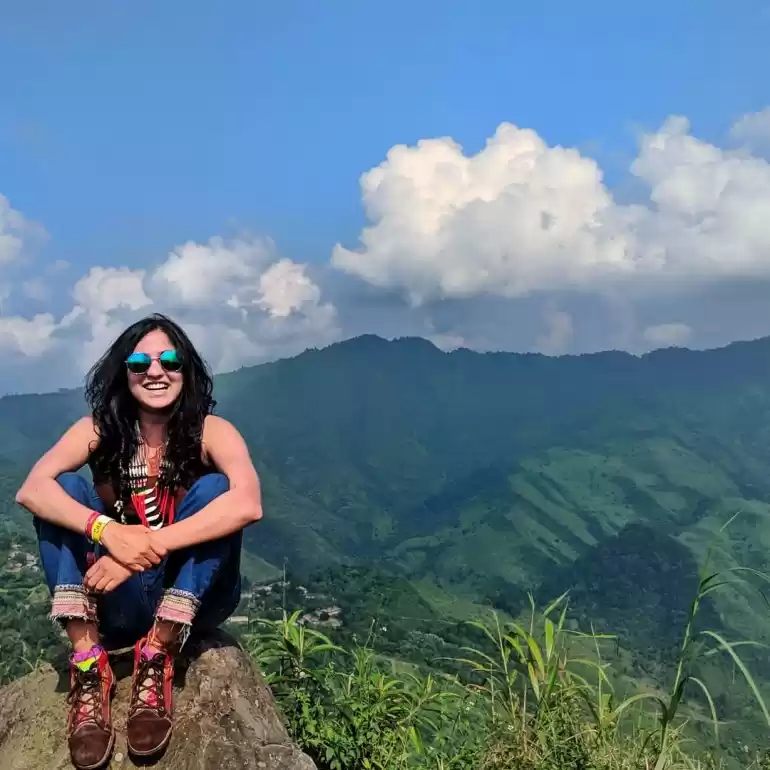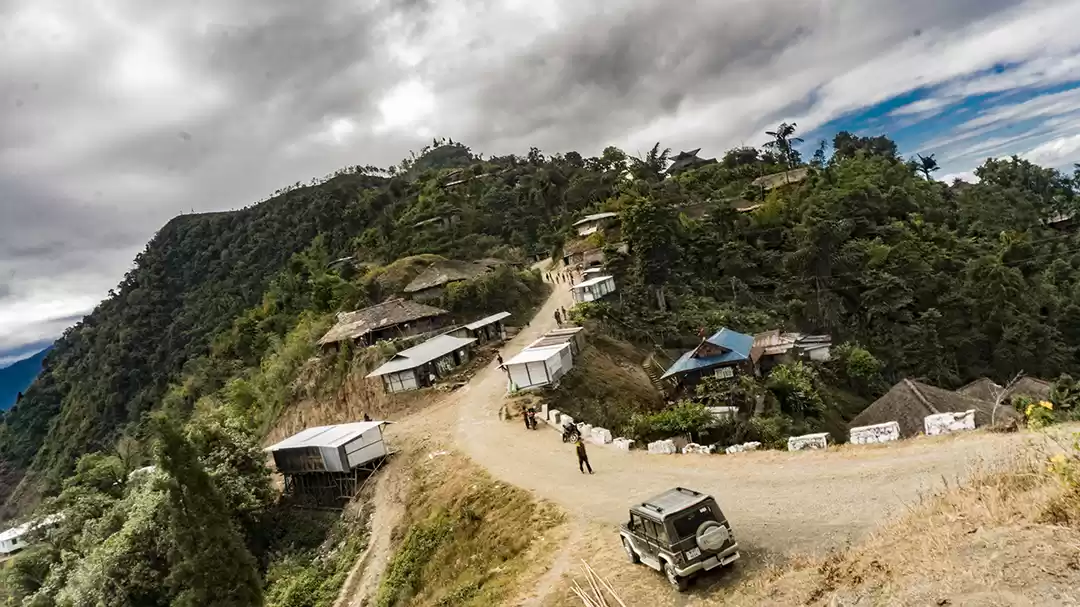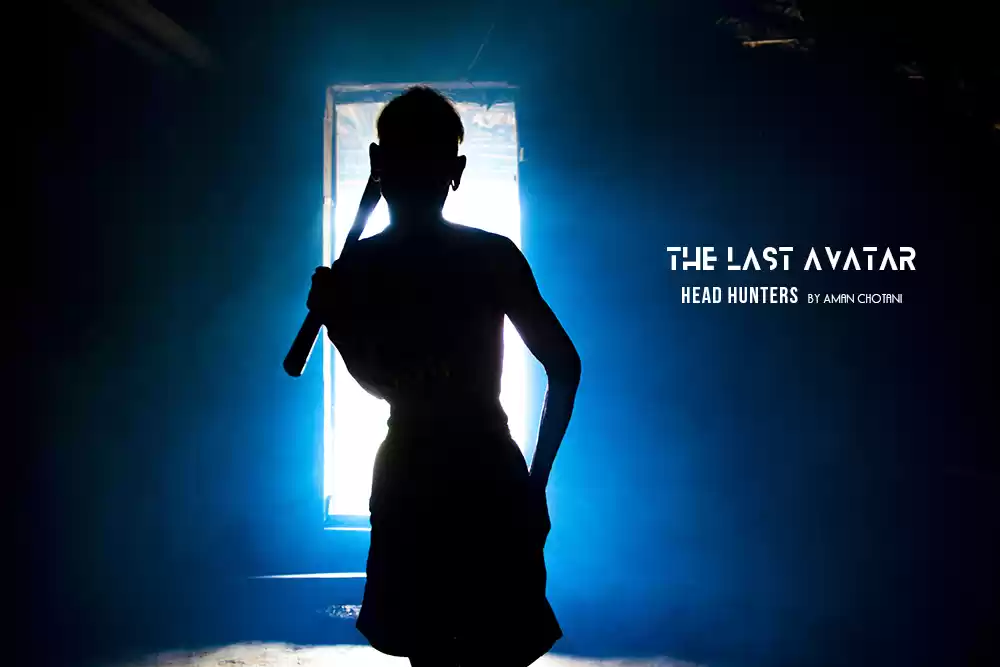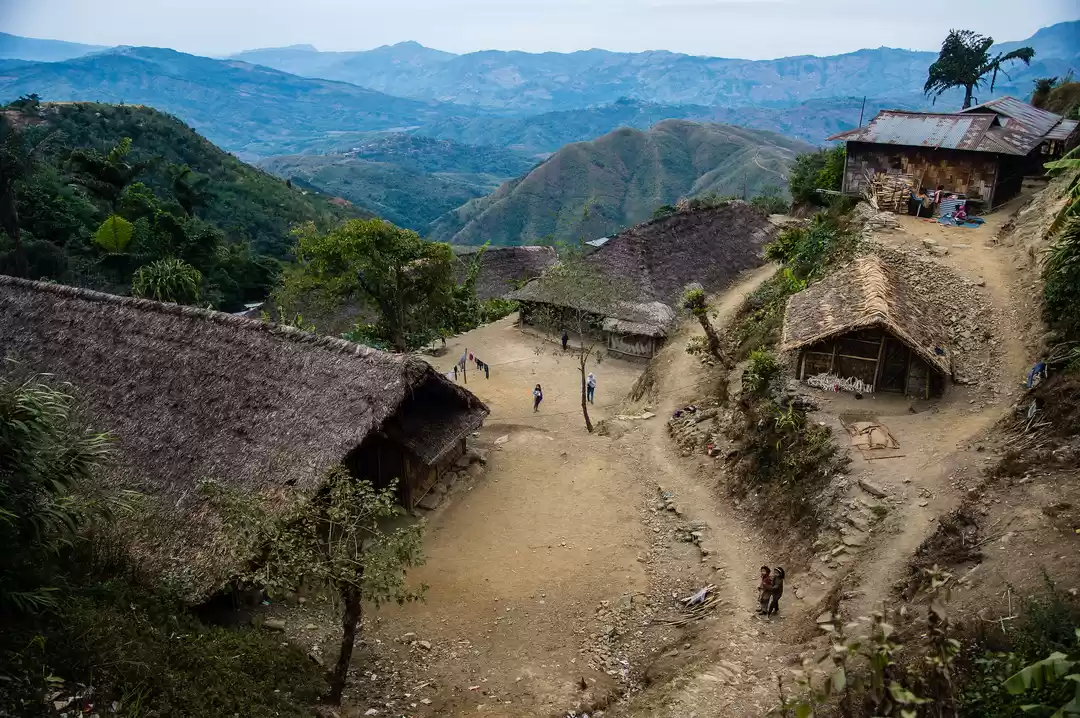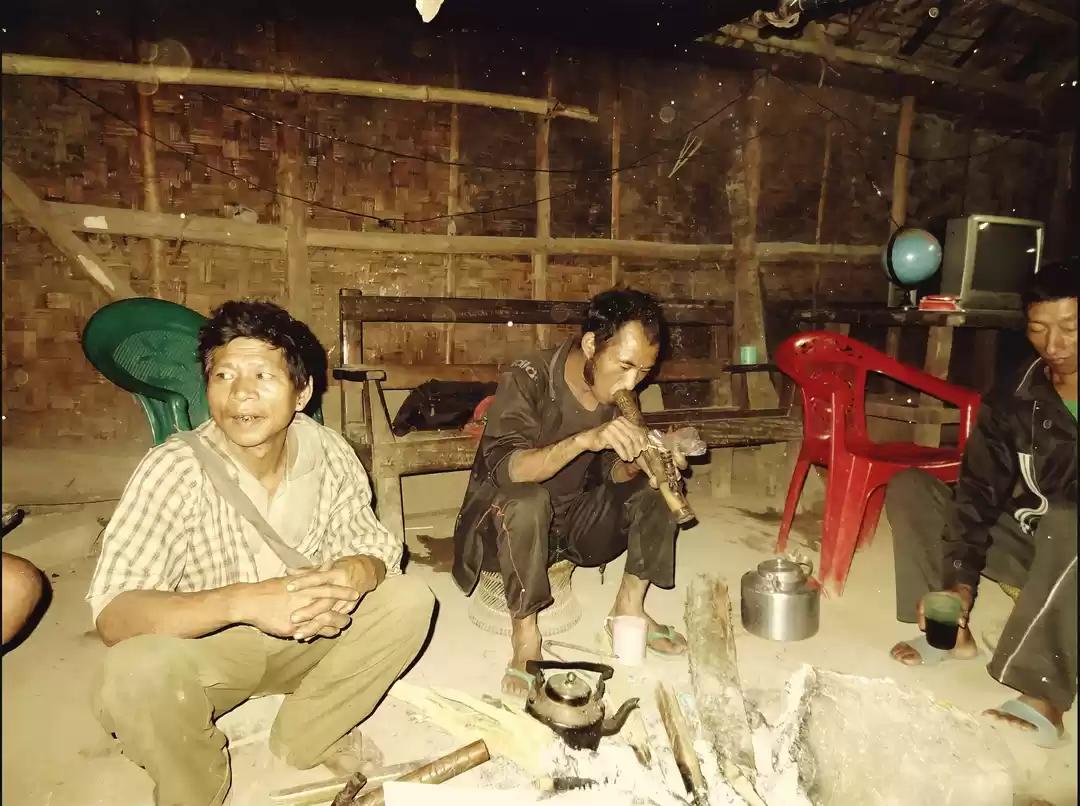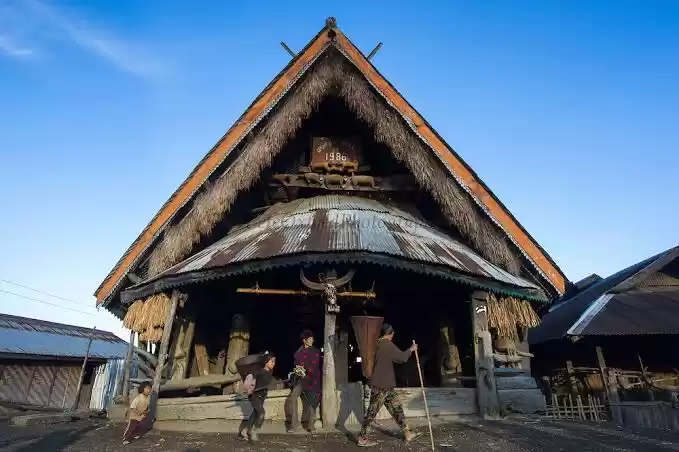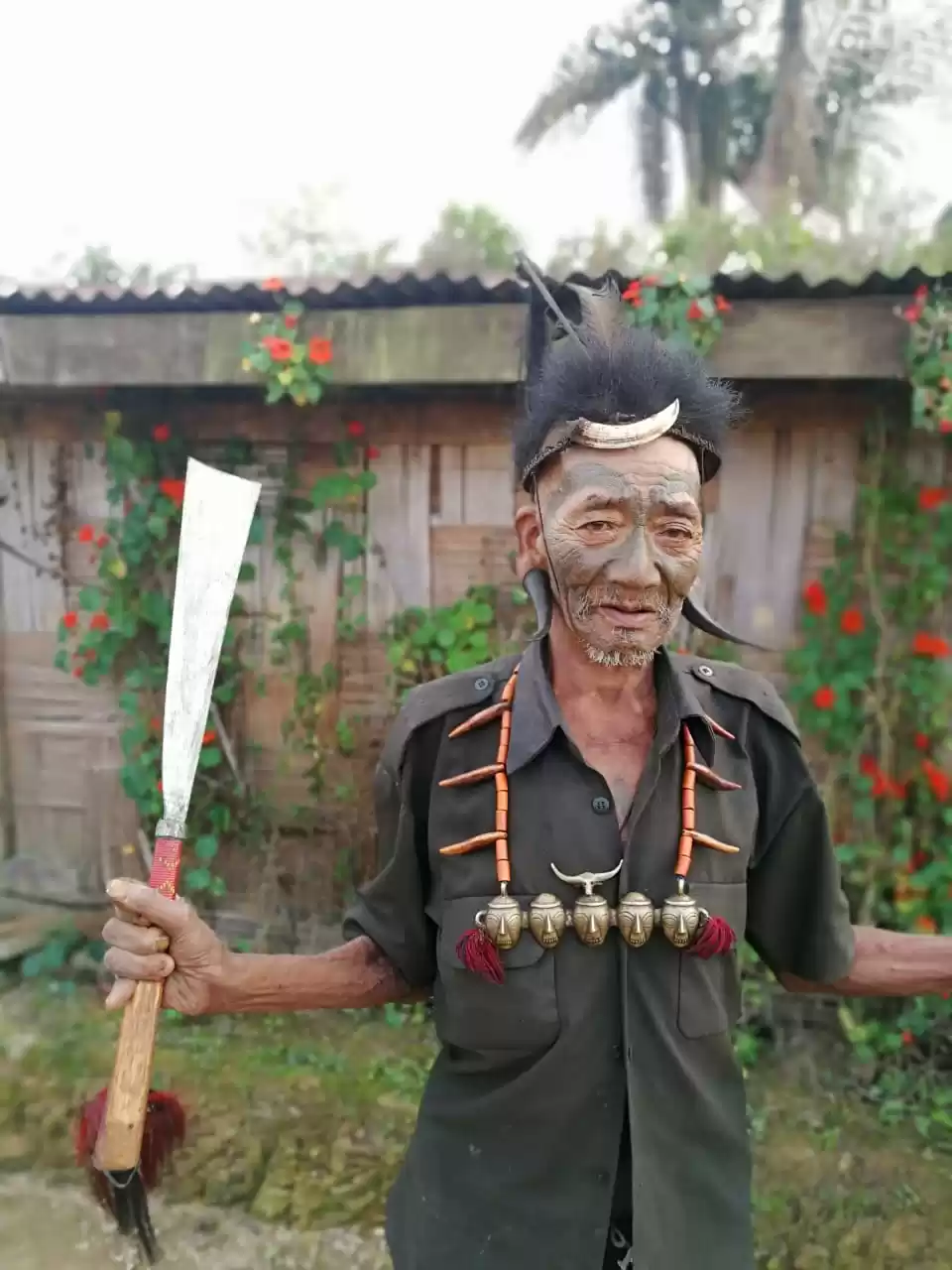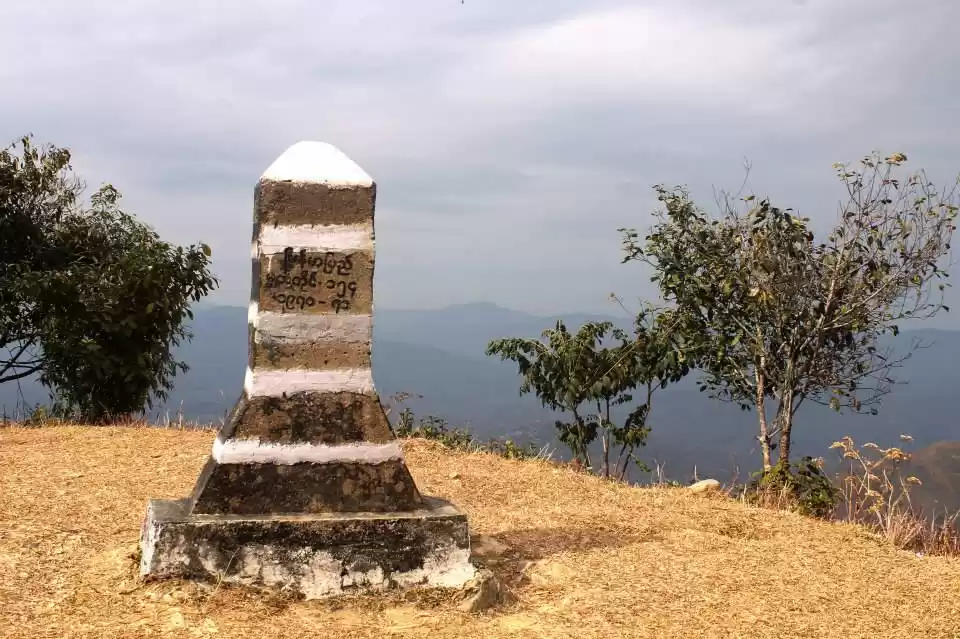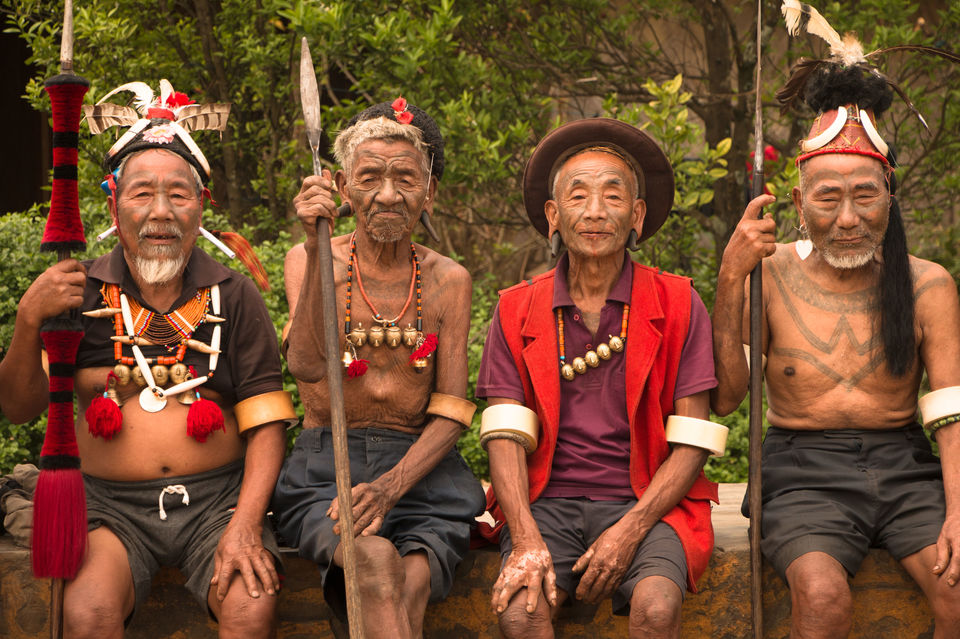
There are few life experiences that take you back a couple of centuries and allow you to witness what the world might have been like in a different era. Meeting with the Konyak tribe, the last of the tattooed headhunters of Nagaland, offered me this and much more.
The Konyaks reside in Mon district of Nagaland, also known as ‘The Land of the Anghs’ (Anghs being their traditional chiefs). Known for their exquisite body tattoos and pierced ears, the Konyaks with facial tattoos, earned by taking the enemy’s head and also known as the headhunters, are mostly octogenarians. With the advent of Christianity in these regions, the tattoo culture and headhunting tradition have been banned, though unique traditional practices such as gun-smithing, iron-smelting, brass-work, beadwork, and wood-sculpting still distinguish them from the other Naga tribes.
Traveling through Nagaland (for the first time) for the Aoleang festival was like a cultural expedition, rich and vibrant in everything it had to offer- be it terrain, people or food. Celebrated in the first week of April every year to mark the completion of seed-sowing, it is the biggest festival of the Konyaks. After experiencing the magic of the night-time in Kaziranga, and witnessing the fragility of life in Majuli, the third and final leg of my journey in the Northeast proved to be every bit worth the wait.
Camping Amidst Tea-Gardens in Shiyong
Bidding adieu to Assam and entering Mon meant passing by acres of tea gardens and local vegetable depots. We were going to be staying with Phejin Konyak, author of the book The Last of the Tattooed Headhunters.
We set up tents in her front garden, getting a clear view of the tea estates on all sides of her house. It was quite the sight to wake up to, and the night was no different, with thousands of stars bidding us goodnight!
Phejin was kind enough to cook us all meals, and we couldn’t have asked for anything more than traditional Naga cuisine, with smoked pork and Mithun, and a wide spread of vegetarian accompaniments. Coming from a Konyak family herself, her great-grandfather was famous amongst the Konyaks, and worked hard to abolish the headhunting culture of the tribe. Phejin is one of the few people actively working towards documenting and preserving their history, and had plenty of anecdotes and stories to share (including instances of racism she faced in Delhi & Mumbai as a student).
Her book The Last of the Tattooed Headhunters is a very detailed account of the history and culture of the Konyaks, and is a must-read for anybody interested in learning more about them! It doesn’t hurt that the book has some fine illustrations of the tattoos and stunning portraits of the Konyak people!
Meeting the Headhunters of Hongphoi & Wanchin
Our first tryst with the tattooed headhunters of the Konyak tribe was at Hongphoi. As we ventured into the village, we met the first octogenarian Konyak with a facial tattoo. With a wide smile, he was more than happy to get his photographs clicked. He couldn’t speak our language, and we, his, but the age-old wisdom on his face, and the power of his personality was enough to leave us spellbound.
We proceeded into the Morung, where the Konyak boys used to live until they got married. There was a small fire lit in the middle of the hall, and a group of the tattooed headhunters gathered around it, sitting, chatting and meditating. On one corner of the hall, was a big log drum, that the men later went on to play for us. Essentially a hollowed out tea trunk, the men beat it with wooden hammer-like tools to produce deep sounds while chanting battle hymns (watch out for videos of this on my Instagram handle).
Every face that greeted us was so full of depth, it made me wonder about the treasure trove of experiences they might have lived through, watching civilizations change in front of their eyes. While the facial tattoos were only allowed for those who had taken an enemy’s head, the chest tattoos were meant only for warriors. Many of them also wore tusks in their ears and neck, and traditional beaded necklaces with brass faces was a common sight. Some of them donned hats with feathers and tusks.
Wanchin, a small village near Shiyong, was our next stop. We were greeted by hundreds of children playing in a big ground, and ‘Top of the World’ by the Carpenters blowing through the speakers, giving the village an old-world carnival feel. The local University students had set up stalls for the younger children, and there were all kinds of innovative games to be played and prizes to be won (including washing powder and a brush)! An ancient tree stood on one side of the ground, once decorated with beheaded skulls, now a playing site for the kids.
The Aoleang festival time is mainly marked by the people dressing up in traditional gear and beaded jewellery. Like in the case of major festivals in other parts of the country, be it Eid, Christmas or Diwali, people visit each other’s houses to make merry and dine together. Alcohol is banned in these villages, especially during the festival time. Devoid of tourists and cut off from mainstream media, there was something very personal about celebrating with the locals in these tiny, fairly backward villages. Some of the women were even kind enough to perform a little song and dance for us and cajoled us into trying out a move or two with them.
We also met a lot of young Konyak men, dressed in traditional attire and carrying their shotguns, occasionally breaking into a dance and firing a shot or two. The ambiance was insane, and all we could do was follow them as they roamed around every nook and corner of their villages.
At night, we celebrated with the locals of Shiyong village, where we too played the log drum for over an hour with the kids. What fun!
Celebrating Aoleang in the Wild East
After two days in Shiyong, we proceeded to Longwa, in the east of the district. While the festival celebrations in the villages we visited thus far were intimate and unassuming, the scale of things at Longwa was much bigger, and a bit more… wild. Located on the Indo-Burmese border, half this village falls in India, and the other half in Burma (Myanmar).
Here, too, there were young Konyak men roaming around with their shotguns and shooting into the air. The celebrations were majorly outside the Angh’s house. Men and women had separate chambers, and while the women performed low-key, graceful songs and dances, the men’s chamber largely had traditionally dressed men sitting around a fire and smoking opium (a huge addiction in these regions). The men later came out in batches, with their guns and sears, marching in swirls through the village, singing battle hymns in local dialects, and occasionally firing into the sky. The celebrations in Longwa felt grander and more aggressive than what we had witnessed in the western regions, though quite a spectacle and worth experiencing!
Watching the celebrations up close and personal felt like I was transported back to the 17th century. It was quite paradoxical to have the latest mobile phones and cameras share space with ancient guns and tusks, just like we, city-breds of the 21st century, were sharing space (albeit for a short while) with the last of the tattooed headhunters of Nagaland. This was indeed a once-in-a-lifetime experience!
Walking Through the Indo-Burmese Border & Visiting the Gunsmith
Caught between India and Burma, it was no surprise to learn about the identity crisis and cultural conflict the local people here face every day. While we personally didn’t face any kind of racism or hatred and were lovingly welcomed by everyone we met (in spite of what people from the Northeast have to go through in cities), it was apparent that most locals considered ‘India’ to be a different entity, not their own.
What struck me most about this conflict was that it really wasn’t about development, of good roads and electricity and schools, but a matter of identity. It was an emotional war of the people against the state, like in so many other parts of the country. It was about having representation, a voice- to be heard, and respected. It hurts to even think of when the last time a political leader visited these regions, let alone heard them out, or represented their needs in Assembly or Parliament. The paradox of democracy!
As we walked through the village, and atop a hill to pillar 155 marking the border between India and Burma, the view from above was stunning. With clouds floating past, and the lush green trees swaying to the cool breeze, overlooking both the Indian and Burmese sides of the village, it felt like a dream.
To add to that, we met almost a dozen children on the way, toddlers taking care of their little siblings while their mothers worked in the fields and fathers lay intoxicated. Funnily enough, I didn’t hear a single baby cry, perhaps thanks to the peaceful surroundings and simple way of life in the region. Further, most of the children seemed happy and content, climbing trees and playing innovative games with what little they had. Offering them chocolates brought out squeals of laughter and excitement, and I only wished we’d carried some more for them. It was every bit worth the smiles on their faces!
As the festival celebrations came to an end and the local men head back to their respective homes, we were fortunate to visit a bunch of artisans, from gunsmiths, to brass-workers and wood sculptors at their homes, watching them work, while taking a drag of opium through their traditional bamboo bongs every now and then. To see such works of art being produced in a jiffy, under the dim light of a fire (barely any electricity in these regions) was truly fascinating.
The Symbolic Naga Kitchen & Everything It Had to Offer
One of the many amazing experiences of this brief journey through Nagaland was the symbolic Naga kitchen. Similar to the Assamese kitchens, they constitute the largest part of the house and is at the center of all social activity during the day and night- unlike the living room or bedrooms in the cities. If one is awake, one is in the kitchen (including pet animals).
This last leg of our trip was when we truly got to experience ‘the Naga kitchen’ and everything it had to offer! Staying at Jeilei’s homestay couldn’t have been a more ‘homely’ experience, and was indeed the most intimate one out of all our stays on this trip. While it was very basic in facilities (really, just tiny twin rooms with wooden, slightly hard, beds- but a window with picturesque view of the Naga hills) and two common (and, again, very basic) bathrooms for all inhabitants, it was definitely the one I most fondly reminisce about for two reasons- the kitchen and the people.
A large area with beautifully woven moodas, a fireplace/chulha in the center and a multi-layered platform hanging over the fire to roast and store meat, the Naga kitchen was indeed where we gathered whenever we were awake and indoors. By letting us into their kitchen at all times of the day, it felt like Jeilei and family also let us into their lives.
Jeilei, our host, would chit-chat with us, while his wife and 12-year old daughter Athon would whip us the most delicious meals, served in Burmese tin plates with cups of strong black tea. Red rice, with dal and potato-pork curry, almost became a staple diet during our days in Longwa, and we couldn’t have been happier!
They say, in the olden days, warriors would gather around the fire and tell stories. While we weren’t warriors, and certainly don’t want any more wars, it was quite the old-world experience to gather around the fire every evening and share tales. It was one of those rare instances where none of us missed the lack of electricity each night!
By now, our group consisted of 8 members and we had spent almost a week traveling together, gradually transforming the unfamiliar to the familiar, discovering and accepting each other’s quirks and idiosyncrasies with each passing day. Athon would join us in our conversations, sitting there with her trademark smile. I’m not sure how much of the conversation she followed, but she was definitely an integral part of each of those evenings, making us feel at home by her sheer presence.
I look back at those evenings with a smile because it’s in those moments that, we, strangers, became part of the environment, and the environment a part of us. It’s exactly such moments that traveling to unfamiliar places and experiencing a life different from ours offers, pushing us out of our comfort zones, and quenching the curiosity of the soul. That feeling of being, of contentment, that is so hard to attain in this world of haste and difference.
As Pico Iyer famously describes, “Travel is a little bit like being in love. Suddenly all your senses are marked ‘on.’ You are alert to the secret patterns of the world.” My ten days in the Northeast cannot be described any other way, and was every bit a sensory carnival, as much a journey within, as without.
Did you like the three-part series on my trip to the Northeast? Leave a comment to let me know! :)
For behind-the-scene anecdotes and photos of the trip, follow my blog and Instagram handle.

